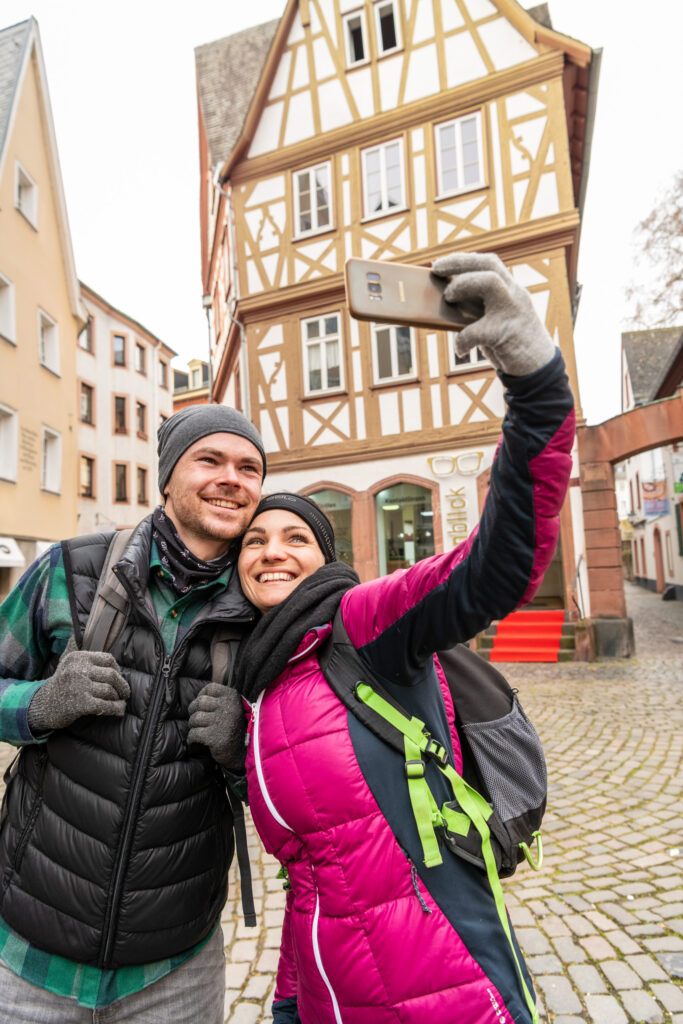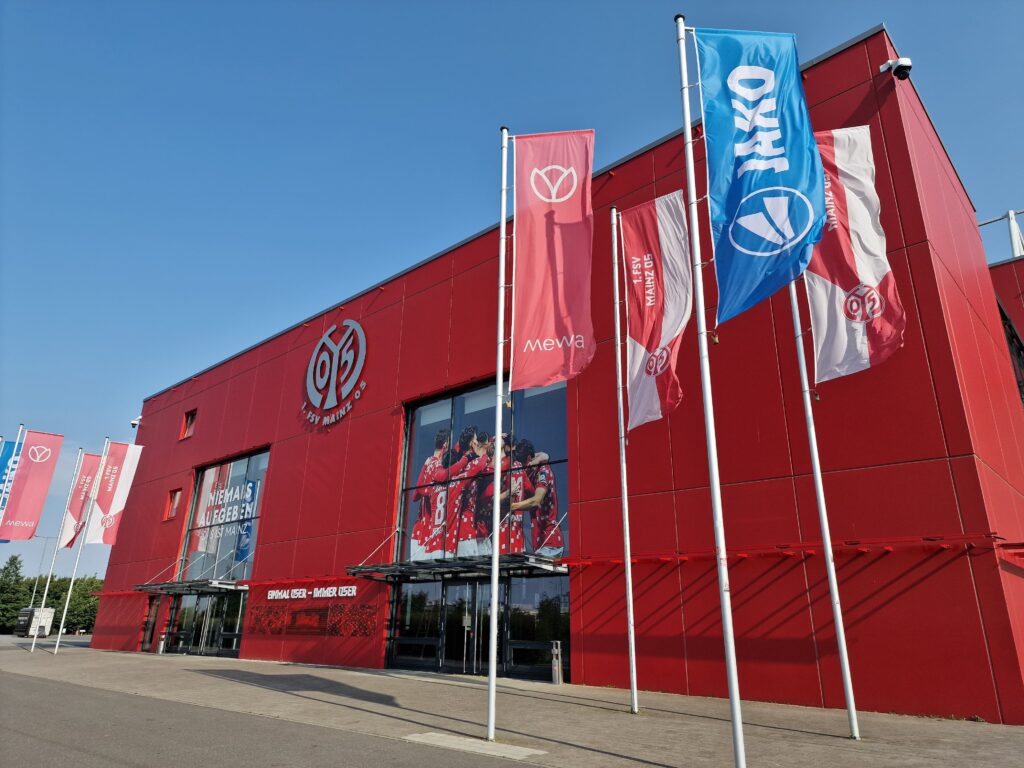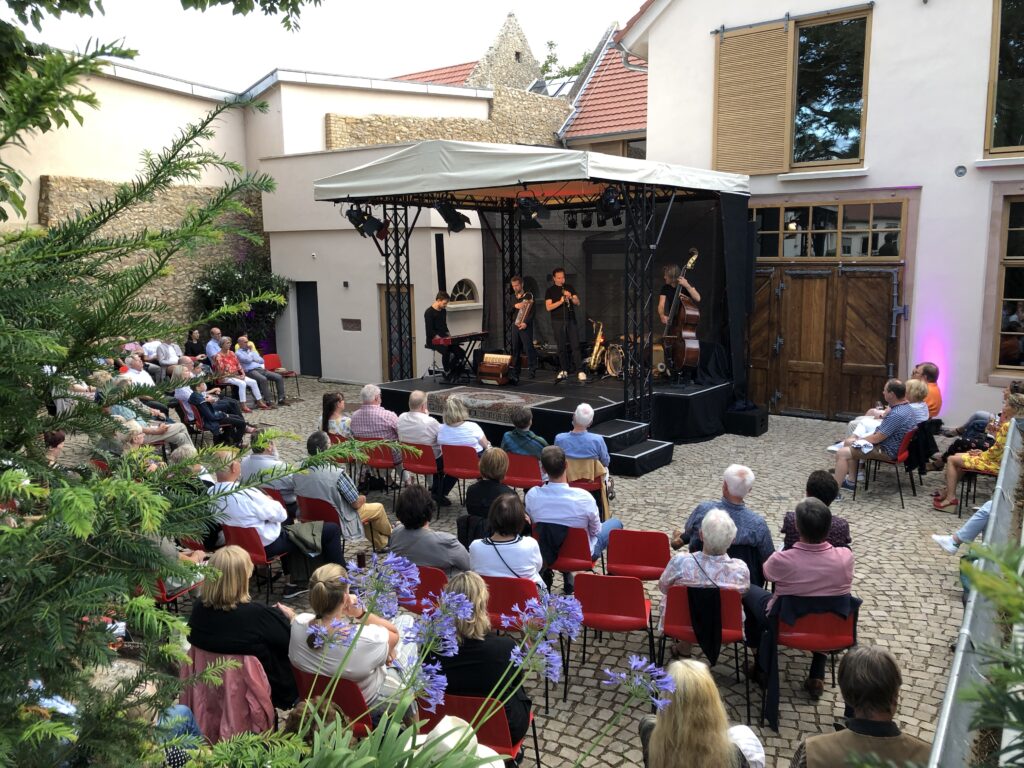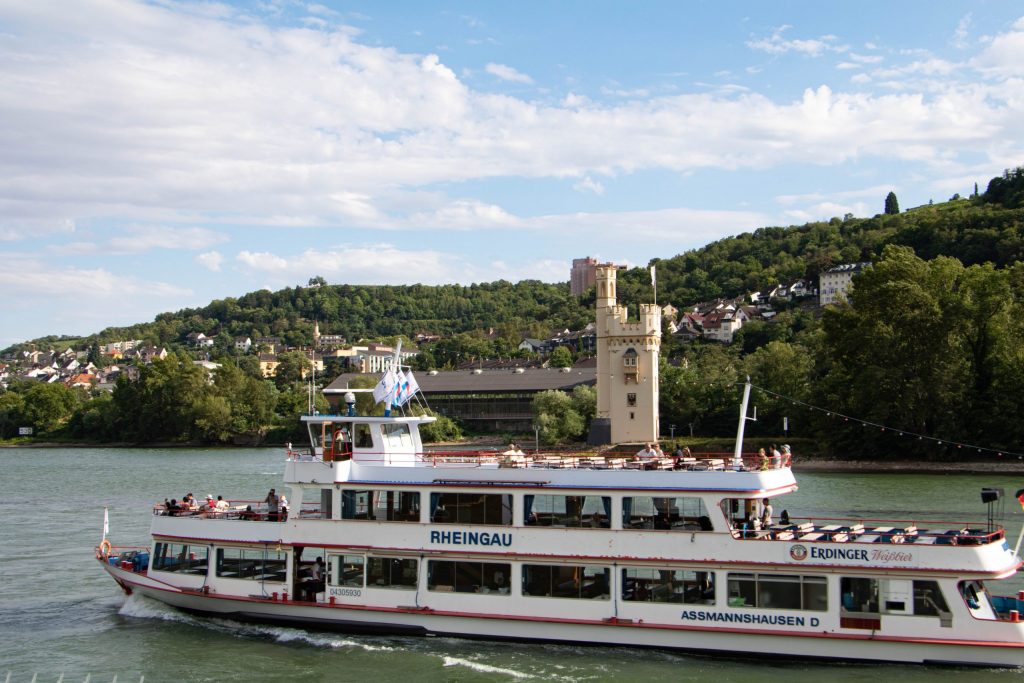
The summer event highlight Rhine in flames combines grandiose fireworks with Rhine romanticism. Both the boat tours through the UNESCO World Heritage Upper Middle Rhine Valley as well as the accompanying land program at the Kulturufer in Bingen promise unforgettable moments. I met the former tourism director of Bingen, Dieter Glaab, who was responsible for the traditional event for 25 years. He revealed to me exciting behind-the-scenes processes, formative memories and the most beautiful places to watch the fireworks.
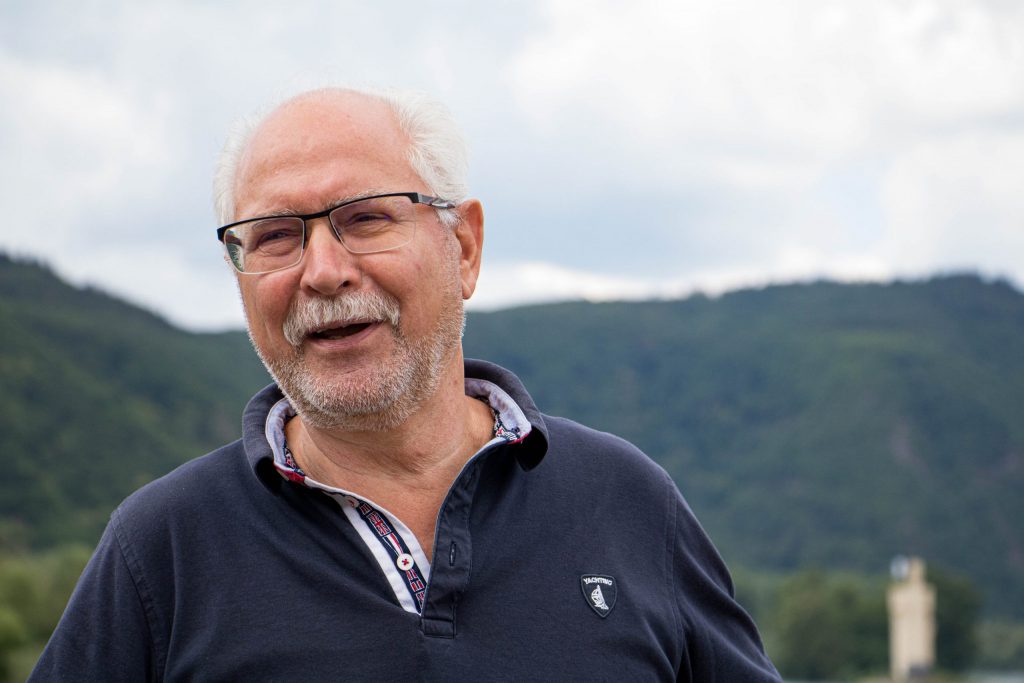
A fillet of the Rhine
I walk along the busy cultural shore in Bingen along, past beautiful flowerbeds on one side and numerous ship docks on the other. At the Rhine-Nahe corner, I have an appointment with Dieter Glaab. Today he wants to tell me about his time as head of tourism. More precisely about the fireworks spectacle Rhine in flamesfor the success of which he was responsible for a total of 25 years.
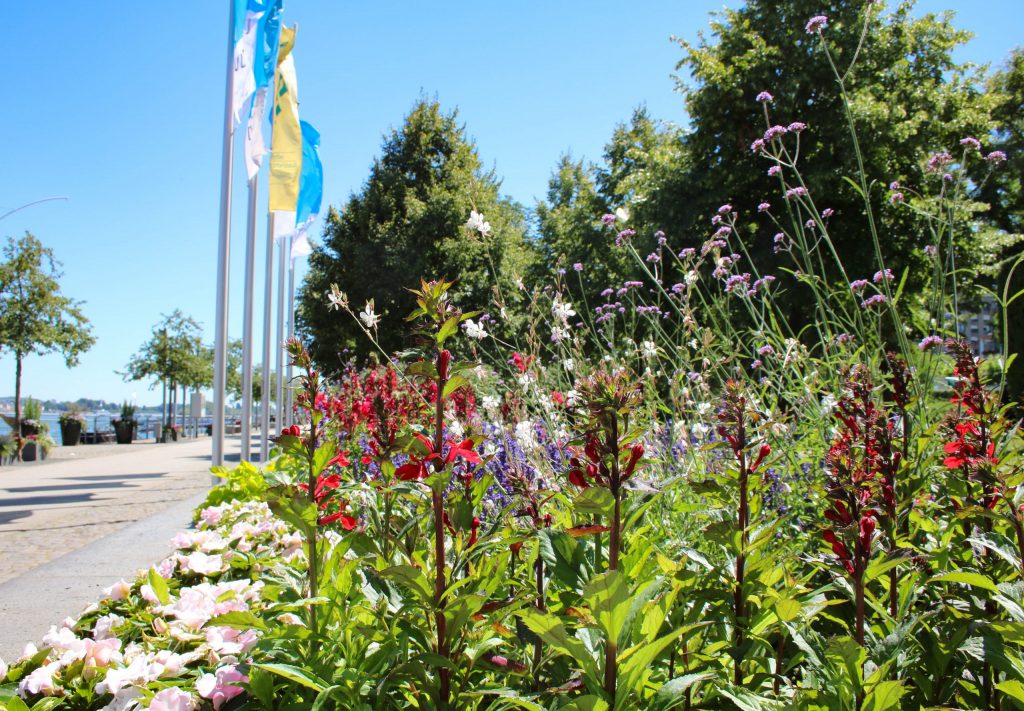
Together, we look out from the riverbank at the Bingen Mäuseturm, the Ehrenfels castle ruins and the start of the world-famous UNESCO World Heritage Upper Middle Rhine Valley. For him, the region ahead is one of the most beautiful in Germany: "This piece is a filet piece of the Rhine." He can only recommend that everyone discover the vine-covered steep slopes and legendary castles around Bingen by boat - preferably, of course, on Rhine in Flames.
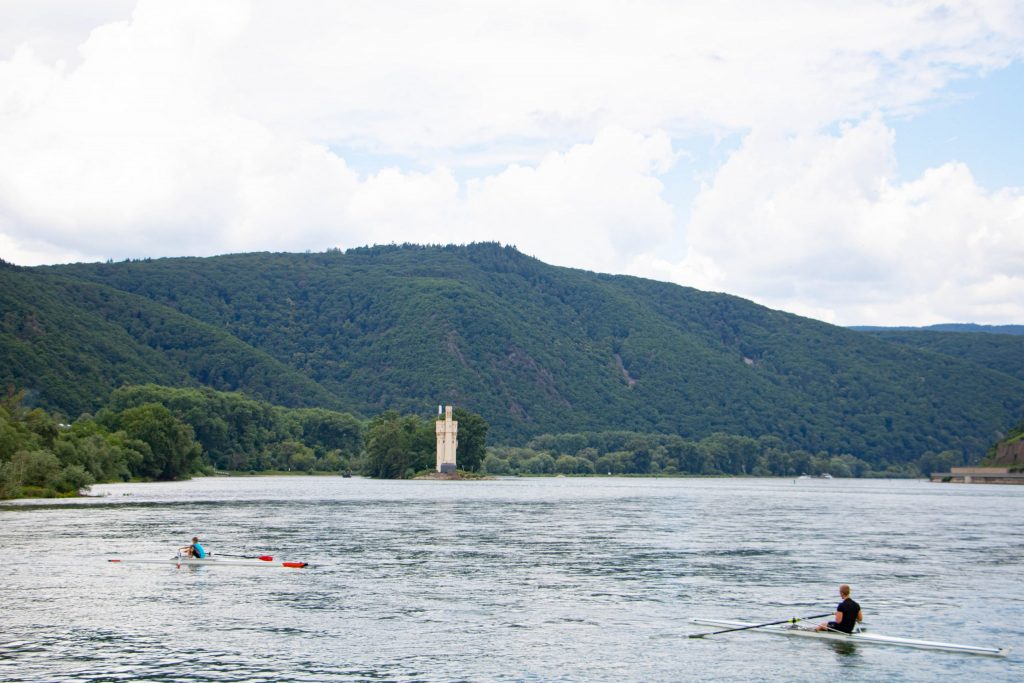
The tension rises
The traditional event takes place every first Saturday in July. Dieter Glaab joined the event more than 25 years ago. The fleet, which has grown from about 20 to 50 ships in that time, leaves Bingen in the early evening, he says, pausing briefly. With a wink, he points to the opposite shore: "Of course, in Rüdesheim, too, that's the most important port. ebsch Seit'But we're organizing the Rhine in Flames together. In the first few hours, the guests on board enjoy a delicious dinner alongside the wildly romantic landscape of the Middle Rhine Valley.
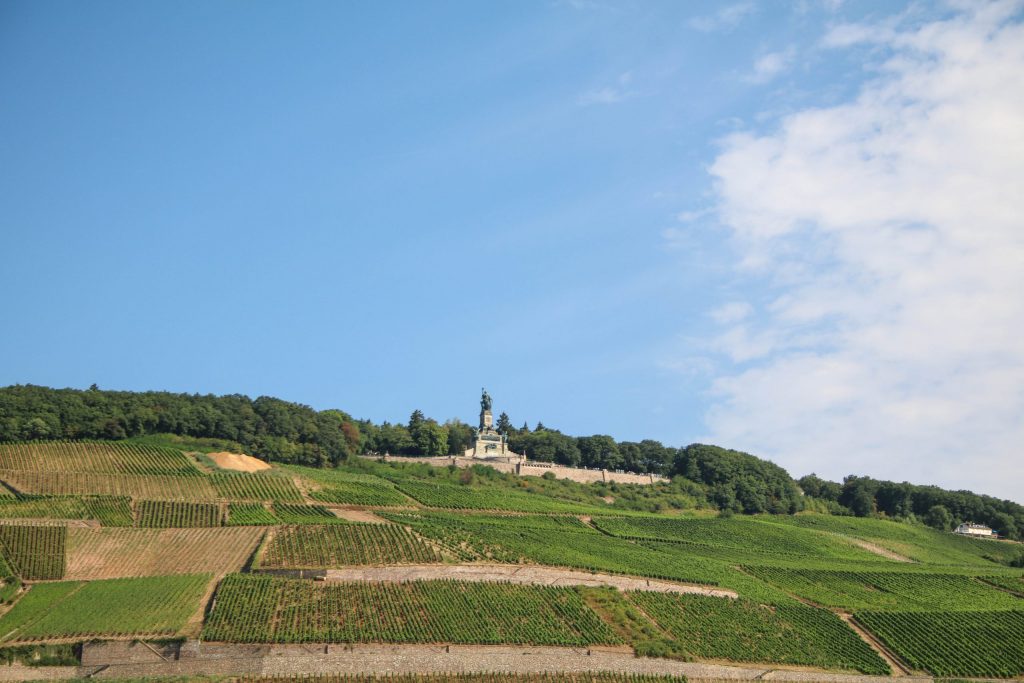
At that time, he still had his hands full as tourism director, says Dieter Glaab. He had to make final arrangements with authorities such as the Waterways Authority, the Water Police and the Public Order Office, as well as aid organizations such as the volunteer fire department, the DLRG and the Red Cross. "It's great to be able to organize the whole thing as part of such a large team and to be able to rely on many proven forces," he emphasizes. Following this, the lead ship also sets off.
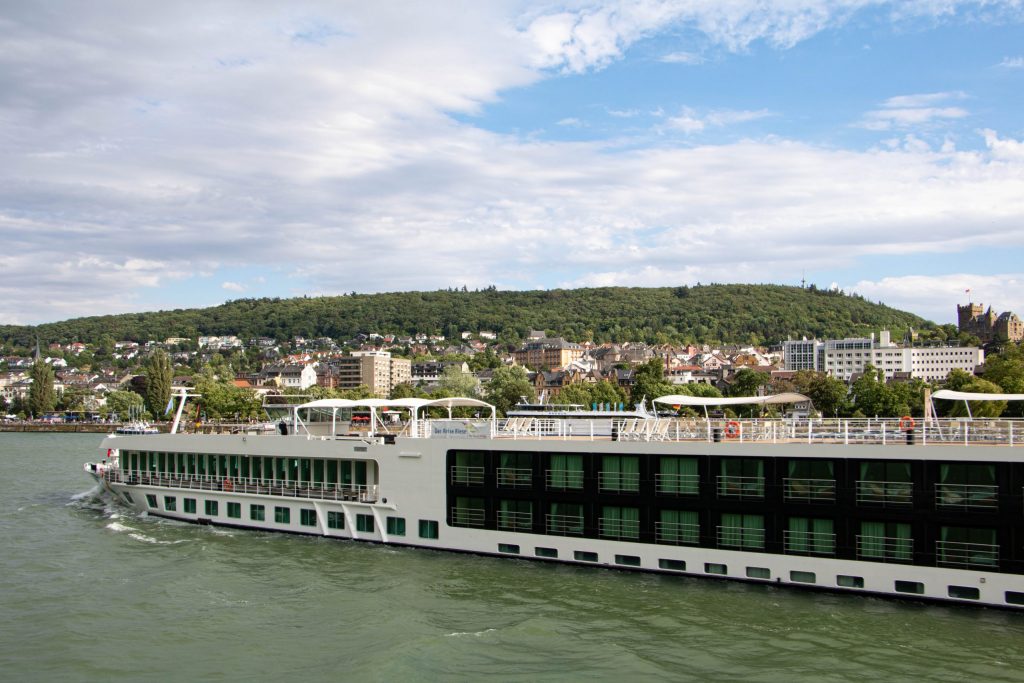
When it reaches the official pivot point at Trechtingshausen, the festively illuminated convoy of ships is already ready. Now, around 10 p.m., the anticipation of the passengers can be felt throughout the valley, my interlocutor recalls. "Minute by minute, about 16,000 people are waiting for it to finally start." And for him, too, this moment has always been special: "This was the moment when all tension fell away, when I could do absolutely nothing about it."
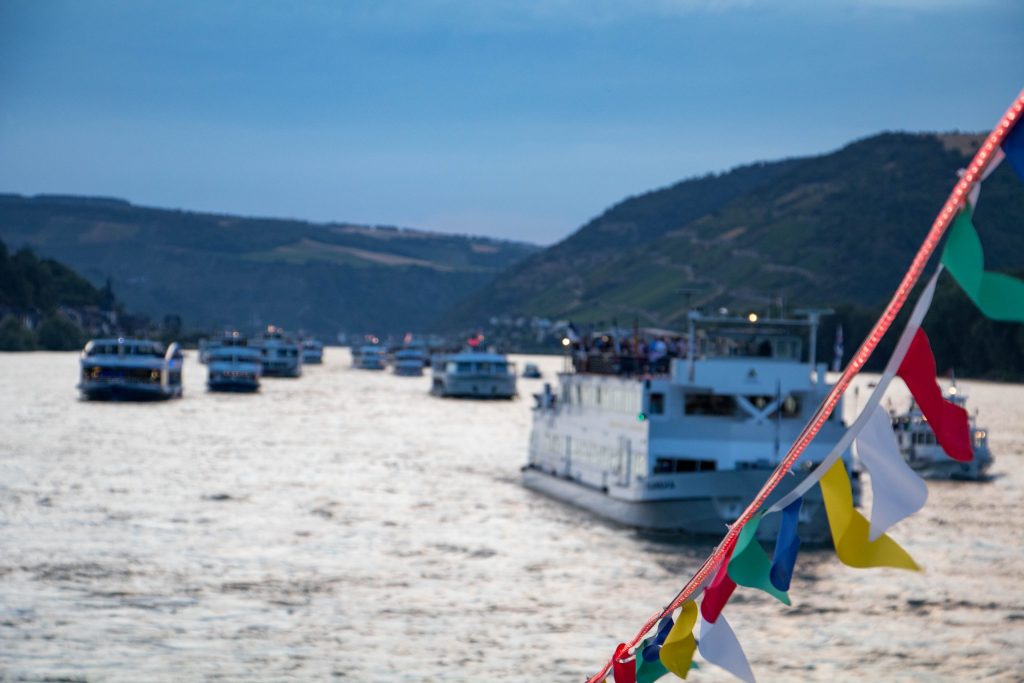
Fire free
As soon as it is dark enough, the fleet starts moving. Above it, a total of seven magnificent fireworks light up the night sky. They are joined by fantastic illuminations such as the "burning castles" on both sides of the river. The entire spectacle has always fascinated the former tourism director: "There's banging, there's crashing, there's the whole thing reflected in the water." It's not just the lighting effects, but also the thunder that breaks in the rock faces that contributes to the great atmosphere, he enthuses.
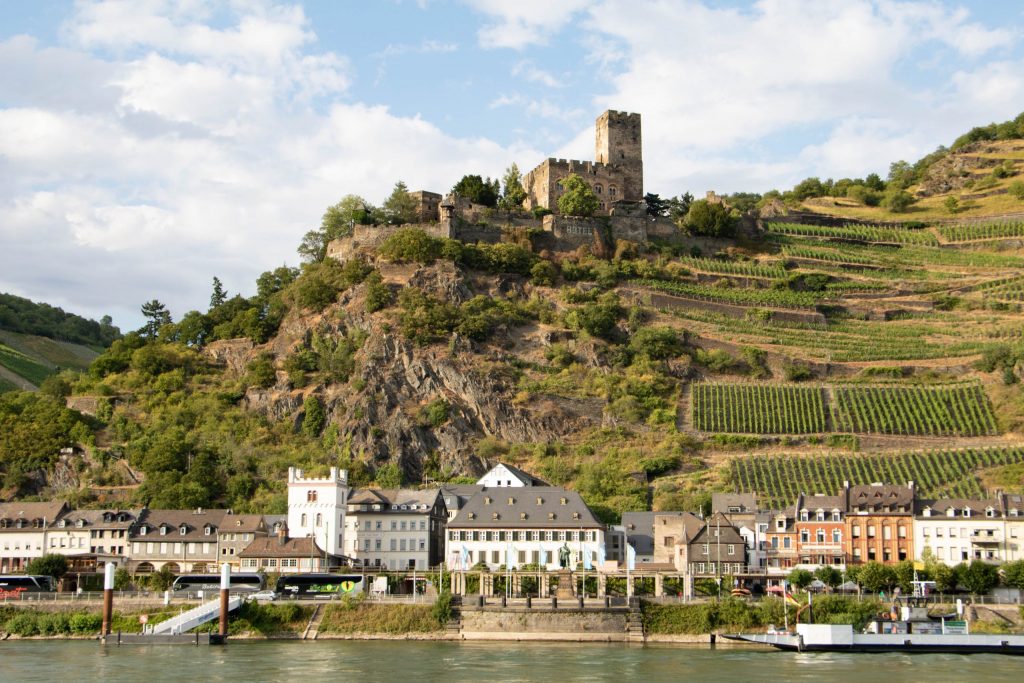
Dieter Glaab recalls the development of the event. In the past, the command to launch the fireworks was given by radio, and later by cell phone. "It was also always interesting to see how the fireworks themselves developed and that the fireworkers were always coming up with something new," he says. He says he is particularly proud of one "enormous advance" of his tenure: the splitting of the individual fireworks over time. This, and increasing the burning time of the bengal flames from 10 to over 20 minutes, now really guarantees that all participants in the convoy can enjoy the same quality, he promises.
The grand finale
One by one, all ships return to Bingen. Now the excitement increases for the people on land, because impressive fireworks are shot off from the park at the Mäuseturm as well as from Klopp Castle. Both can be enjoyed wonderfully from the Kulturufer area, recommends the former tourism director and also points out the varied supporting program with wine stands, gastronomy and live music. "Of course, the most beautiful thing is to ride in a convoy," he emphasizes, "but if I were here in Bingen, I would stay on the Rhine promenade." For him, he says, the Gartenstadt area is one of the most beautiful spots, very close to the closing fireworks.
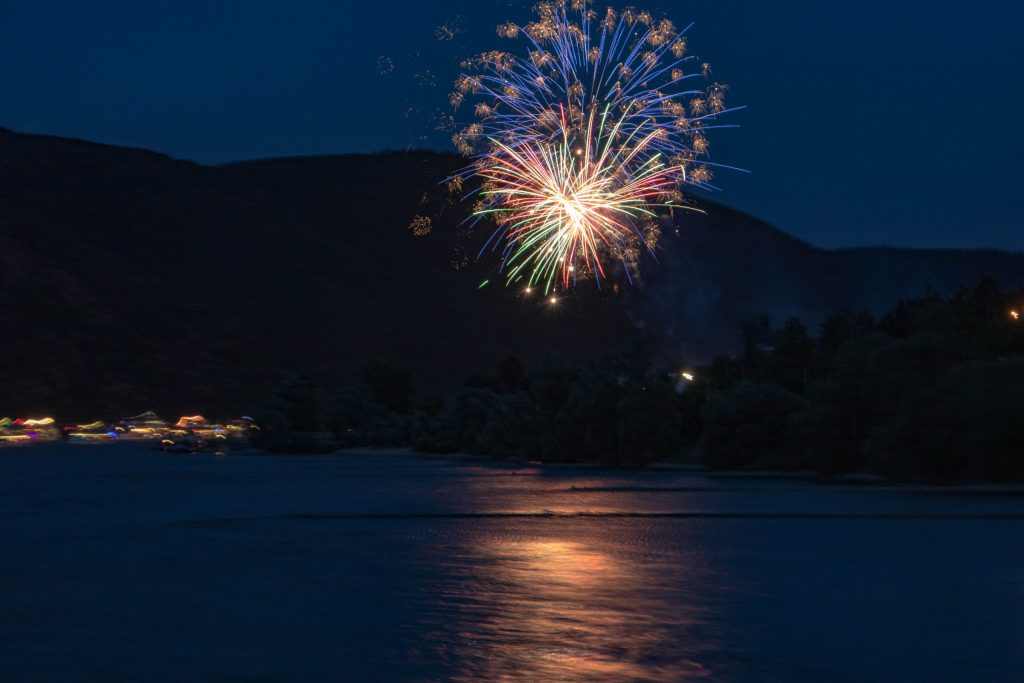
The grand finale marks the climax and at the same time the end of Rhine in Flames. The fireworkers give their all once again and conjure up the most amazing effects in the Bingen night sky, enthuses Dieter Glaab. He remembers the closing fireworks display in 2016 particularly well, which coincidentally took place immediately after the penalty shootout win against Italy in the European Championship. The grandiose fireworks underscored a grandiose soccer result and the joy was immense. Those are experiences that stay in the memory, he laughs.
After Rhine in Flames is Before Rhine in Flames
Around midnight, the Rhine in Flames is over. The passengers leave their ships, the lively hustle and bustle on the cultural shore slowly dissolves. At this point, everyone involved is simply proud, Dieter Glaab beams. "Most of the time, you hover a bit after the event, the ships honk their horns, and we're happy that everything went smoothly. Those are the best moments in the life of a tourism director!"
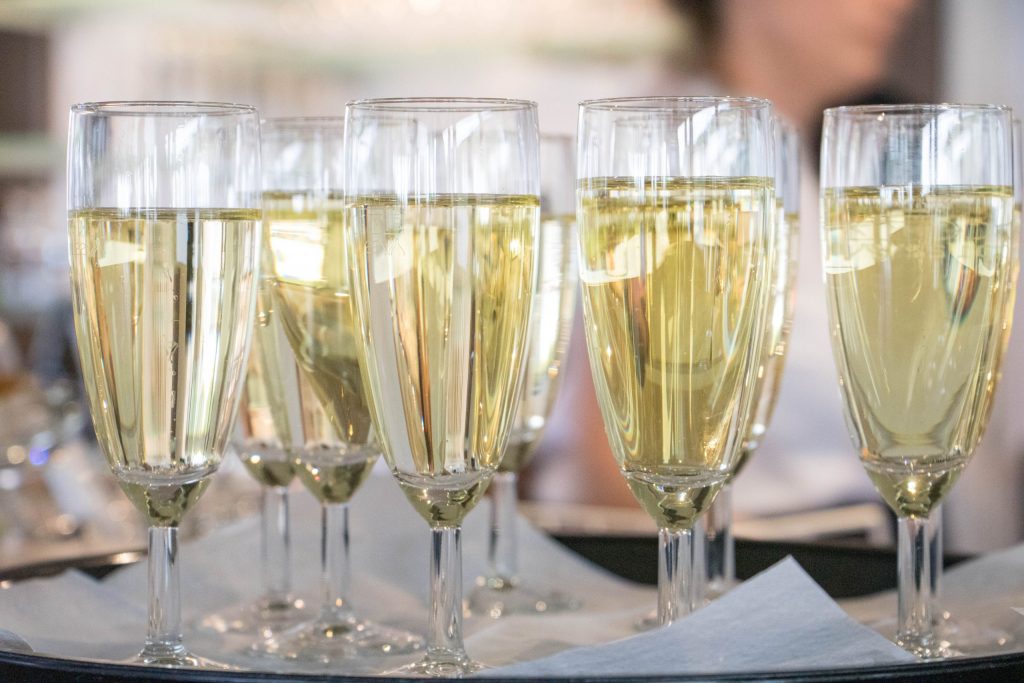
Looking back on his 25 years, he comes to a clear conclusion - also with a view to the future: "Rhine in Flames has always been a great event and will continue to be a great event!" If you want to experience Bingen and the Upper Middle Rhine Valley in the glow of great fireworks and illuminations, you can get in touch via the coming veranstaltung inform and book tickets.

